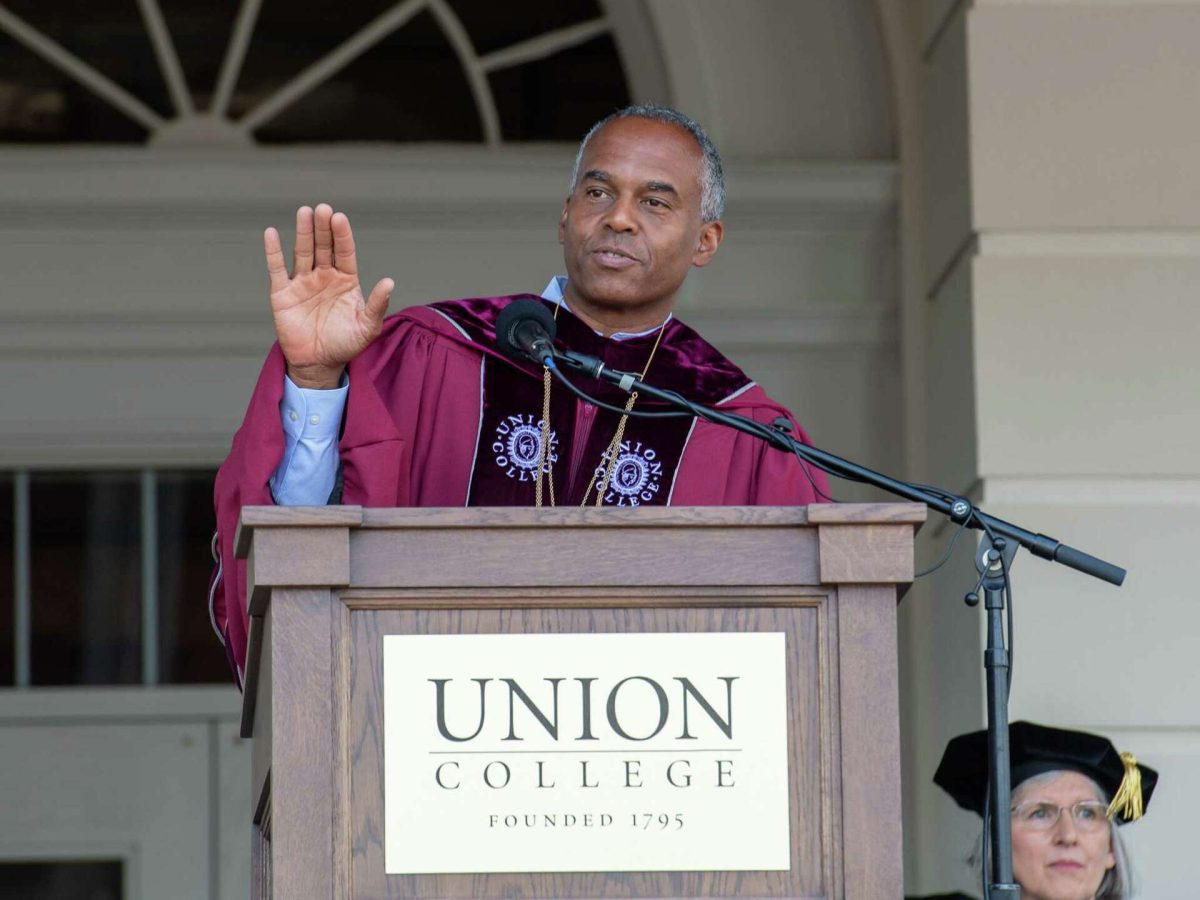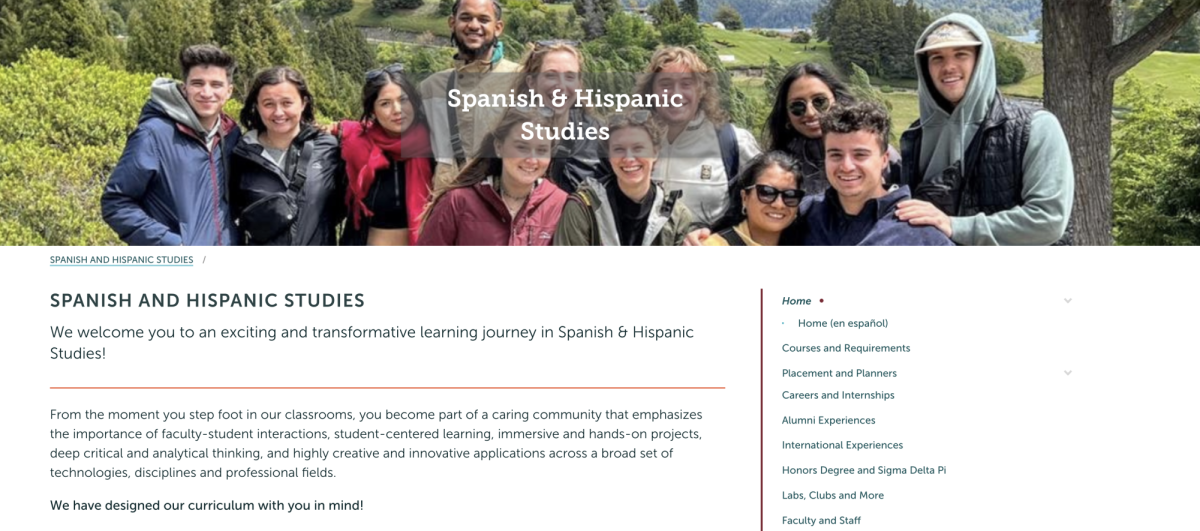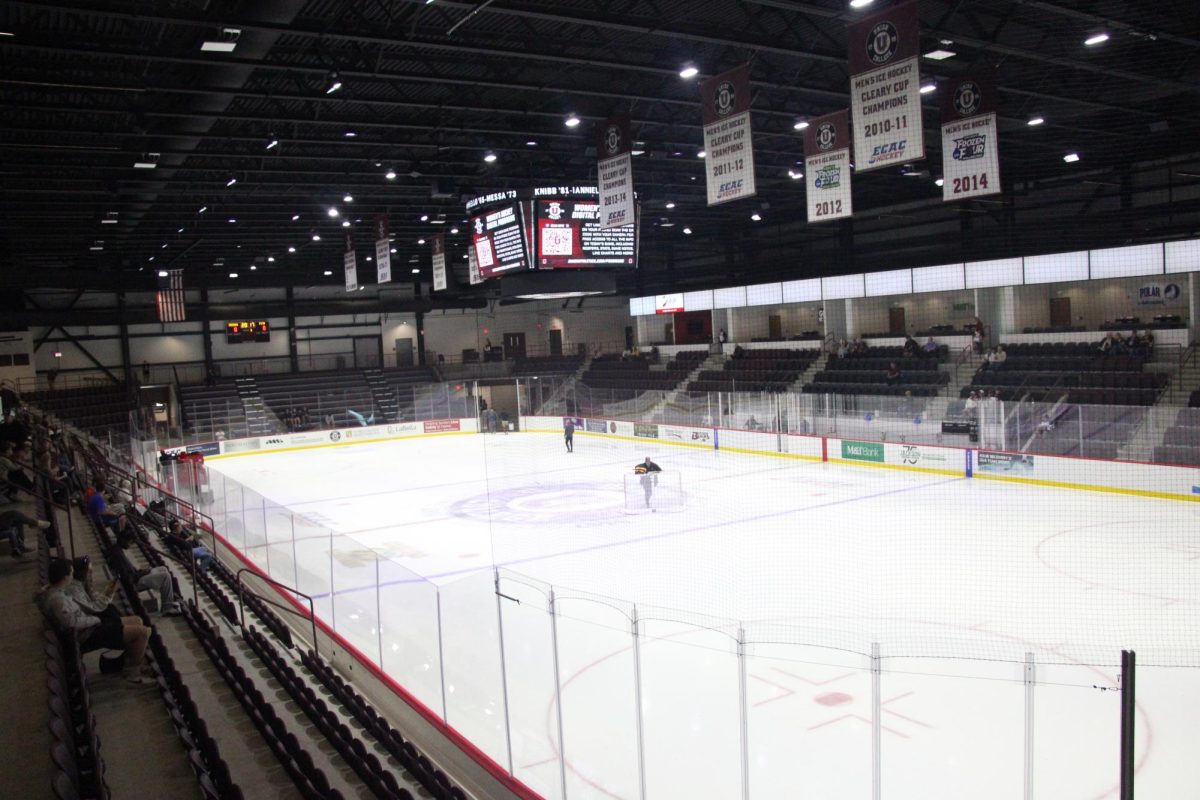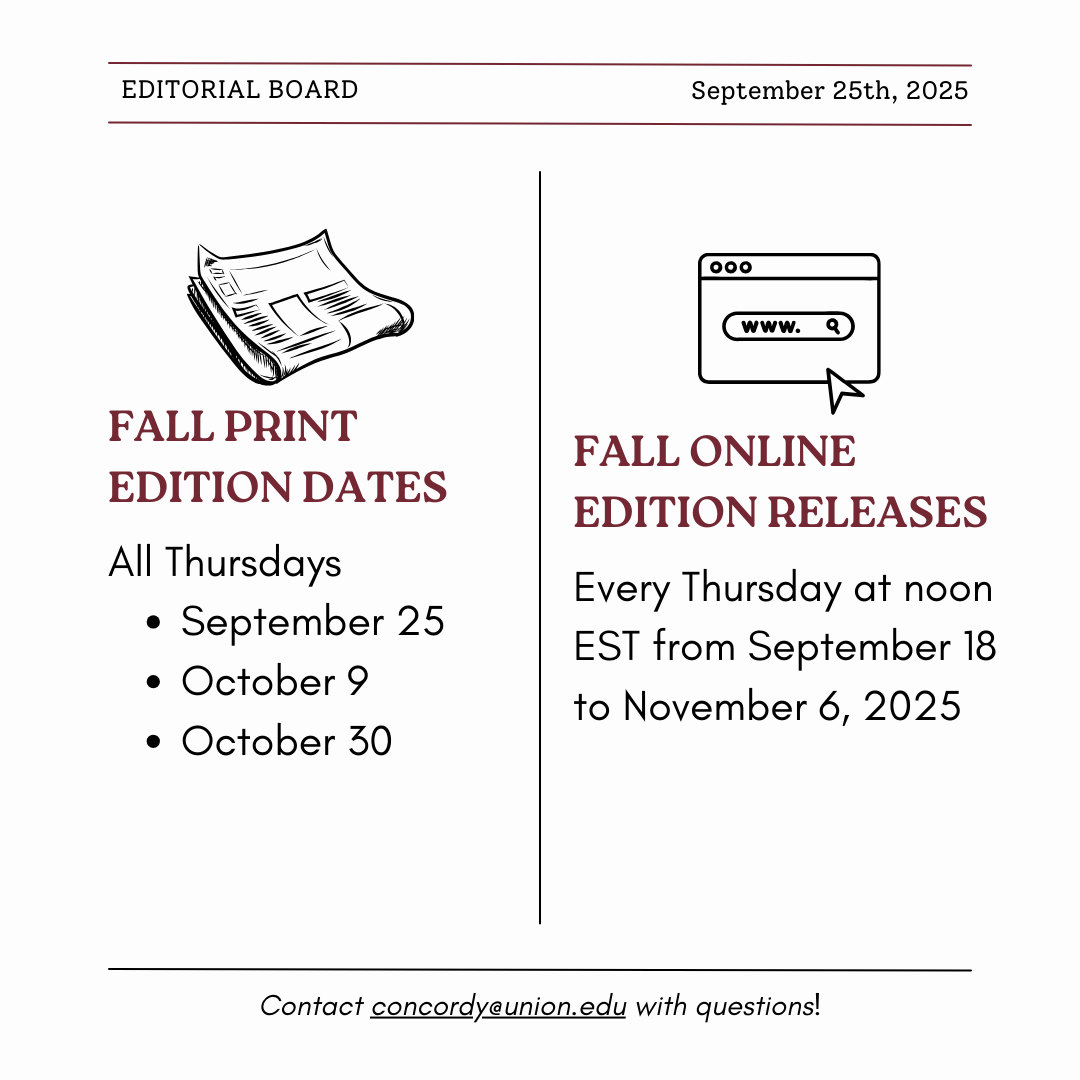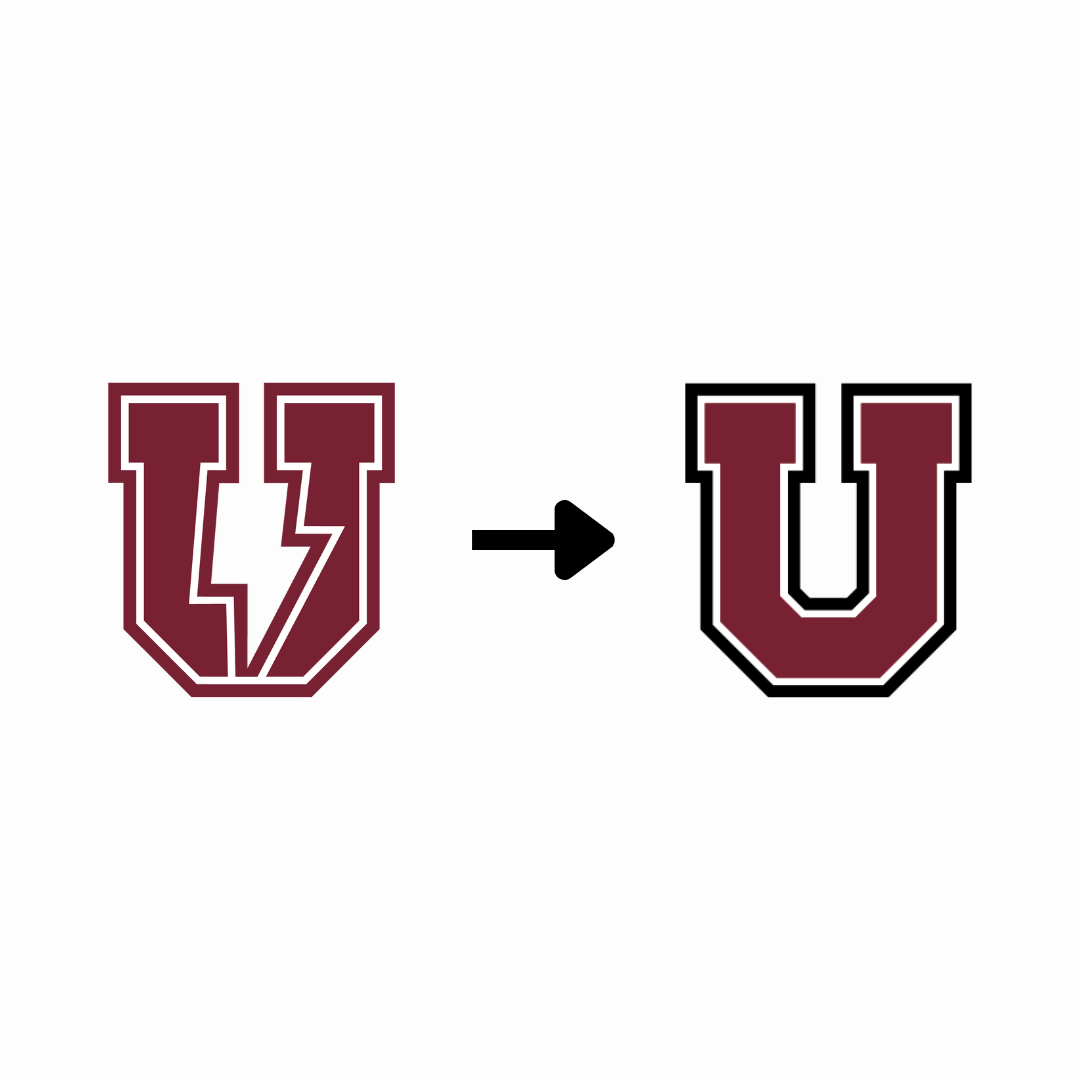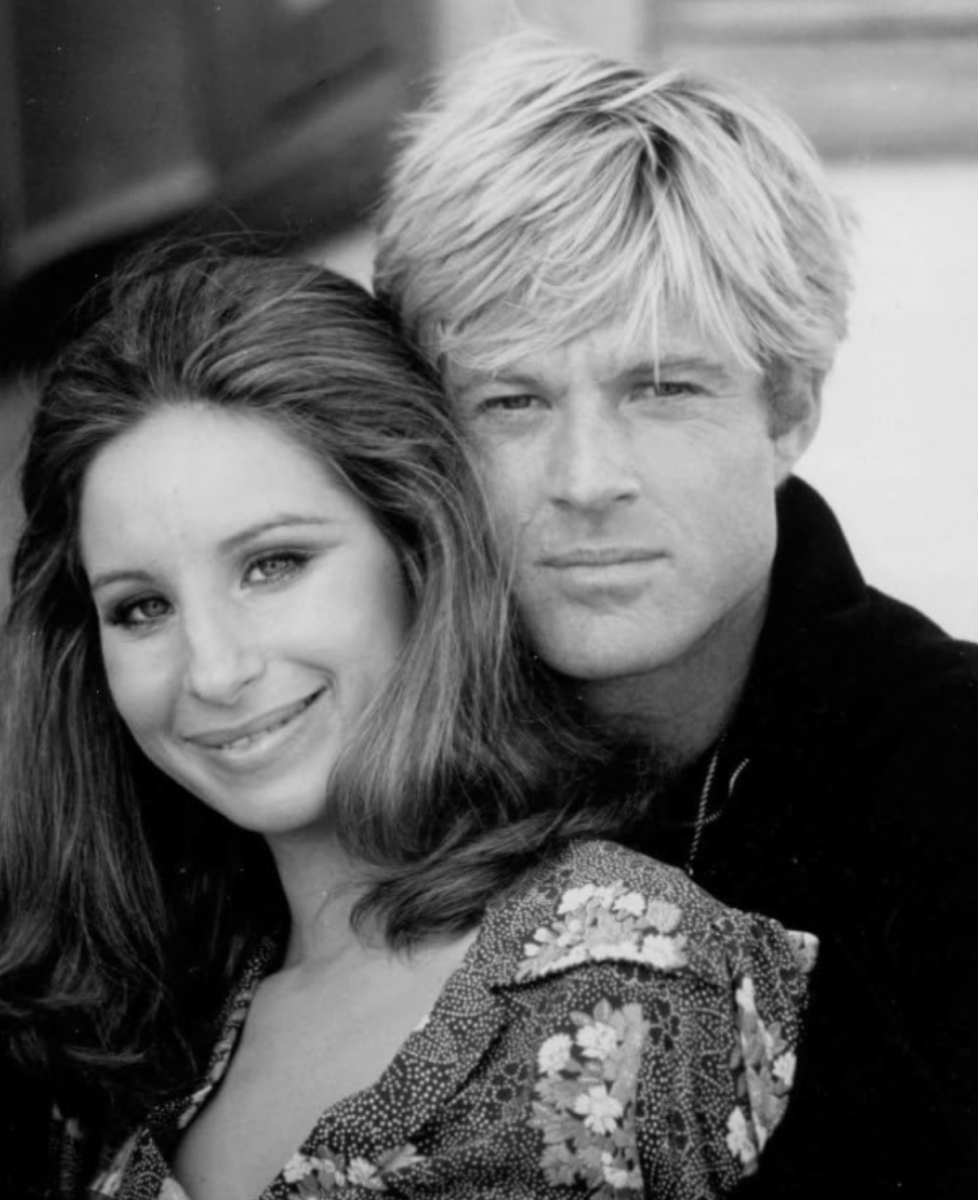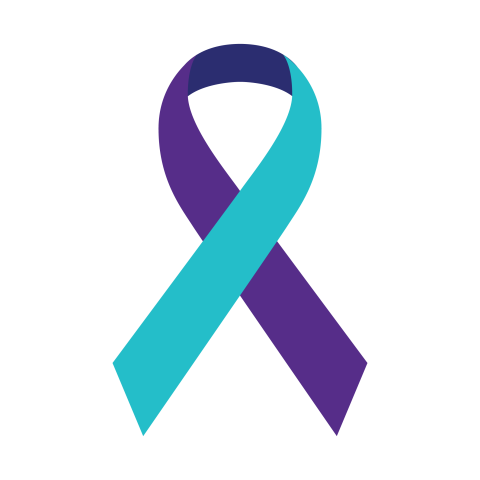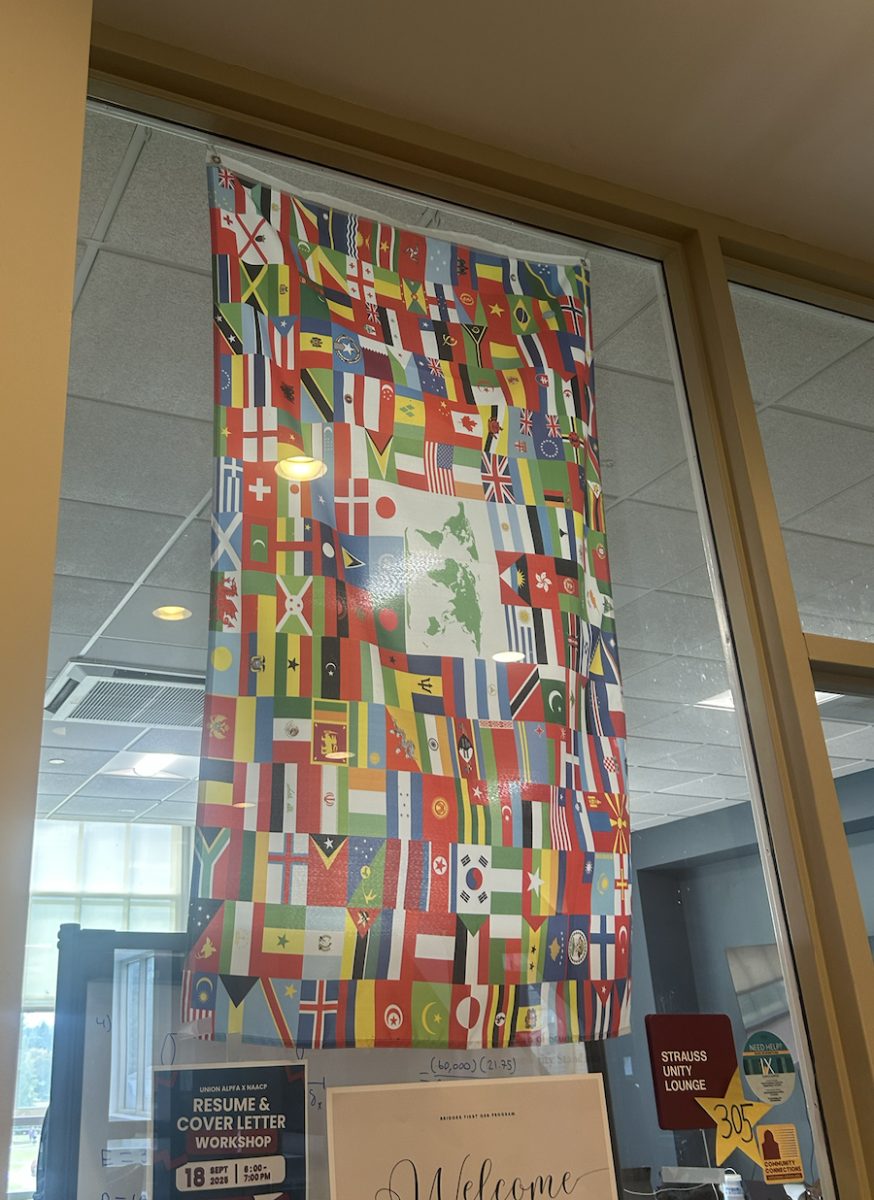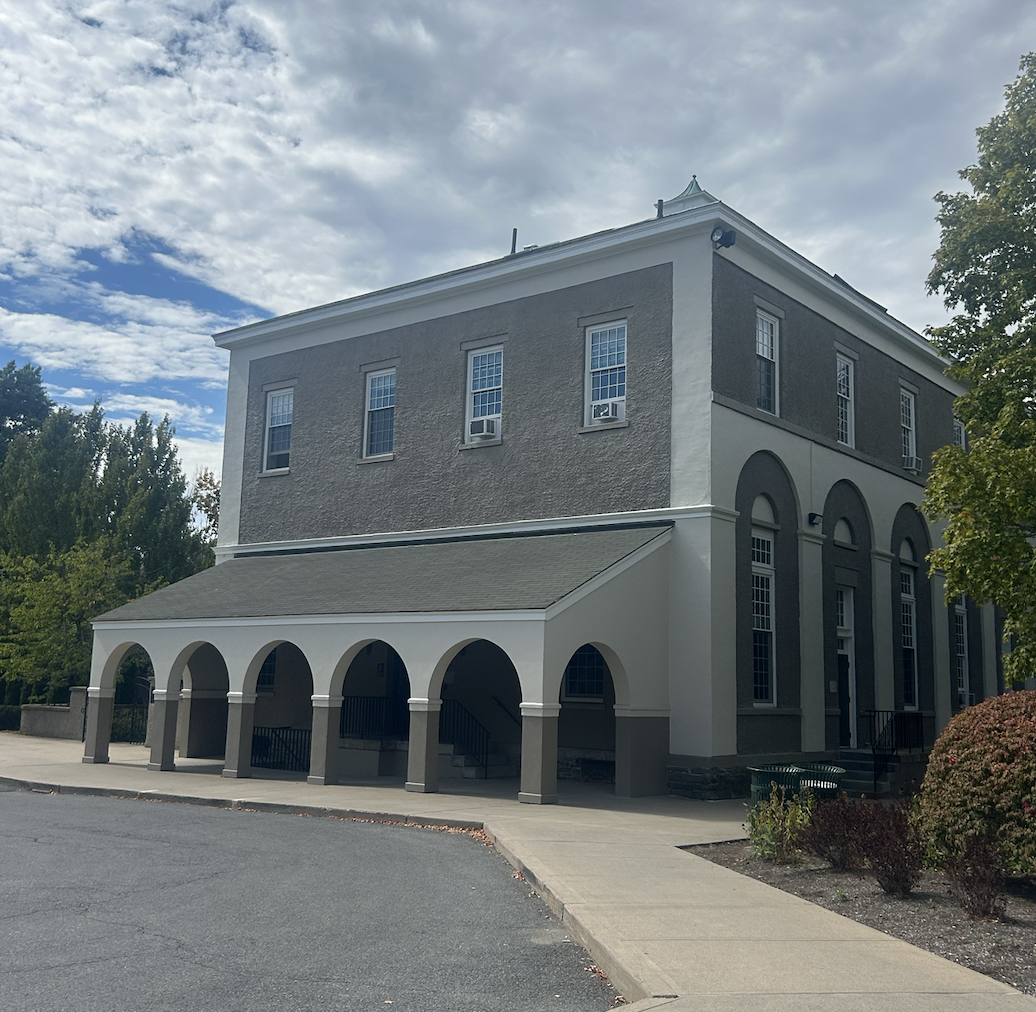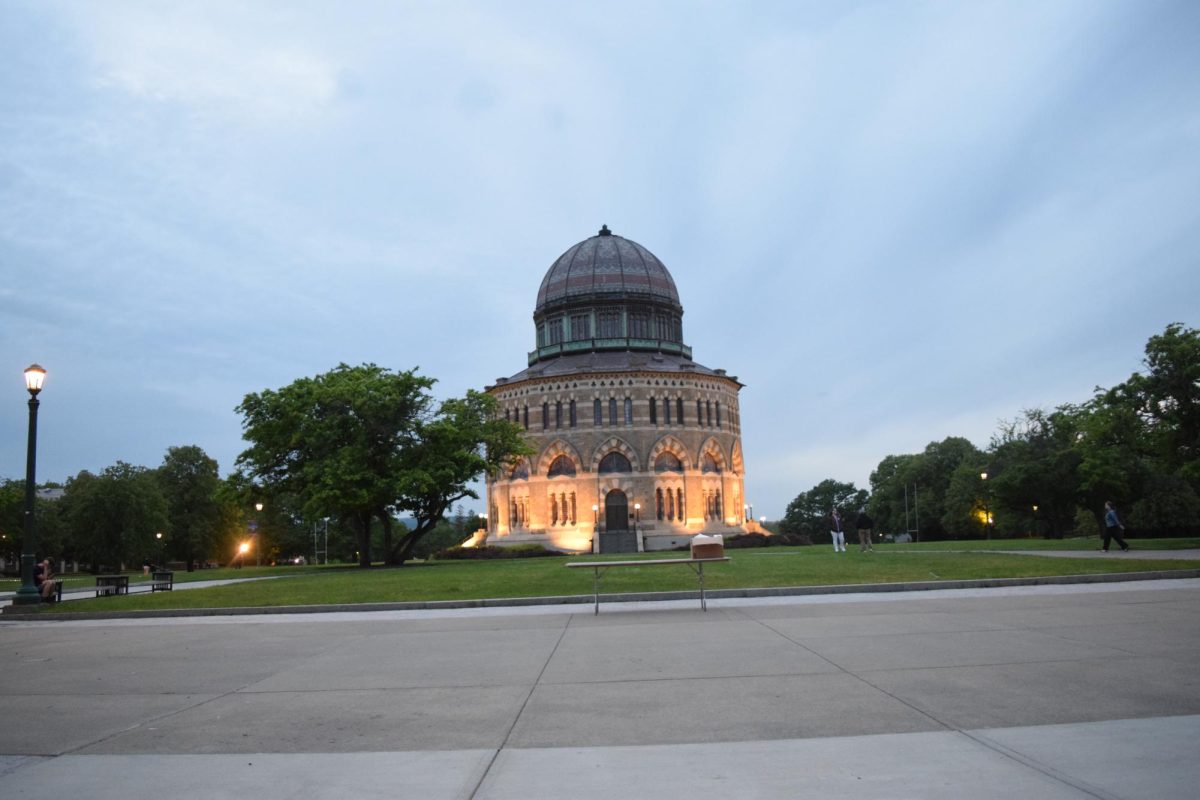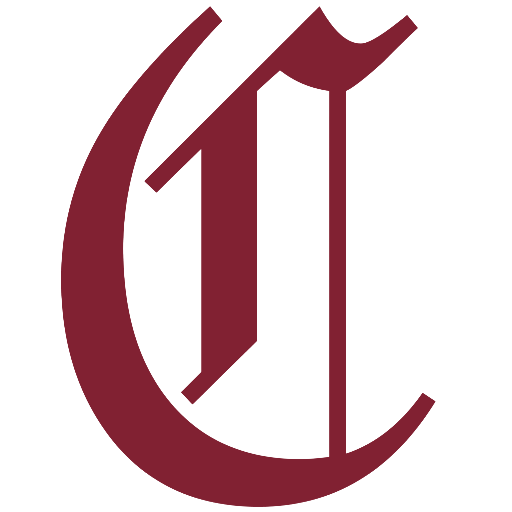Concordiensis recently sat for an interview with President Harris, reflecting on his time at Union as well as the future of the institution as he prepares to leave the position. This interview has been edited for length and clarity.
Q. What would you call the largest area of growth in your administration? What are you most proud of regarding your legacy, and also what is the largest place you think Union still requires work in?
A. It’s always how do we take this great place and make it better? Union’s had engineering since 1845, and liberal arts, engineering, computer science is what we are, but we got rid of civil engineering 20 years ago. When I arrived, the strategic plan started just looking at data, and I’m like, hold on a second. We have far too few resources in engineering given student interest, and not just one year student interest, as you’ve seen. And so we’re effectively over invested in what’s called center one, which is humanities, social sciences, and under invested in center two. So the question was how do we get that right? Because if we don’t, we won’t be able to fulfill who we are, our identity as liberal arts, engineering, computer science. And so I’m excited that working with folks we’ve been able to get over $90 million in gifts to allow us to build up that piece. I’m also really excited about student affairs. One of the things I did at my first trustee meeting was show a pie chart based on the average data I could find of how students spend their time. Coursework and sleeping only account for 49% of the average student’s week. So when we think about how we’re developing students, we have to be more intentional in what we do about the time outside of the classroom. And so we’ve really built up student affairs, not because we care about that at the expense of academics, but because again, we’re thinking about the whole you, and we’re under-invested in this part, so let’s invest. On the administrative side, there were lots of questions I had that the administrative team couldn’t answer because we didn’t have the systems and processes, and we’ve now put these things in place. As I said to the board, it’s like I was driving the car with my hand in front of my eyes, and now I can at least see; it doesn’t mean the road’s any less scary, but at least you can see it in advance. Another thing is communication and marketing, and the last one is DEIB; My goal from the beginning has been that I want everyone to spend time feeling like they’re in their own house and not spend time feeling like they’re in somebody else’s house. As far as areas of improvement, it comes down to our core: we’re different. We’re not just liberal arts or tech. We’re really trying to be both, and that requires constant work.
Q. You mention striking the balance between humanities and STEM fields. Liberal arts, humanities, the fine arts aren’t as subsidized in America as they are in Europe, and they’re becoming even less subsidized. How do you see that balance being a problem and when do you think you tip the scale too far right into STEM?
A. I hear that from students in particular. It all depends on what your starting point is. I think what students maybe don’t appreciate is that all of the buildings for humanities and social sciences are new or have been fully renovated in the last 15 years. Have you been in Steinmetz? Have you been in Butterfield? It’s a little bit different. ISEC opened my first year – if you if you take the starting point of four years ago or so, it looks like, wow, why are we only investing in engineering and computer science space? But if you went back 15 years, you’d say, wait, we invested in all these, oh, now we’re finally investing in those. It’s about taking that long view too. Biomedical engineering is an area that’s just been booming. We had almost no faculty in it. I mean, my first year or two, I thought constantly about, oh my gosh, what if one of these small number of faculty gets sick or quits? I’m not sure we could sustain a program, and we have students who are here trying to get that major. So now with Templeton primarily, but other funding, we are able to hire faculty. So, okay, now I can sleep at night without worrying about that. And so again, it’s about balance, I think, more than the tipping. So I feel good about where we are. That said, we gotta do a better job of selling to everybody as far as the broader issue, you know. I think as a first-gen, lower income kid, I was too worried. When I went to college, I thought about, okay, what’s my job gonna be? How can I make sure that I have financial security? And so I feel like I never gave myself the opportunity to be undecided. It took me a while to give myself the opportunity to say, I’m just interested. And what I’ve been trying to push since I got here is telling folks, you don’t know yourself. You don’t know the majors and you don’t know how they map on each other, so you probably can’t pick your life plan at 18. Taste around, right, sample. It’s okay to say, I don’t know.
Q. What’s your favorite place to eat in Schenectady? On campus?
A. Well, I am really enjoying the bowls at Stellar for lunch. Those are really good. The Skeller before, it was like, oh my God. Chicken fingers, fries, shakes. I was like, I’m gonna need a nap if I eat there. And now it’s just really good and I love seeing how many students go there. Around Schenectady, there’s so many places I enjoy. I’m a huge Simone’s fan. The family went to Whistling Kettle for brunch recently, that’s great. Druthers. Shaker and Vine is great, they do mainly wine, but the food is great, and you can see the river. And I’d be remiss if I didn’t mention Stewart’s Ice Cream.
Q. Alumni and students sometimes lament about Union falling in rankings in the past couple decades and Union decreasing in selectivity: what’s your perspective?
A. One of the things I always say about the rankings, US News – low validity, high impact. So, you know, is the number 20 school really better for you than the number 30 school? Maybe. It depends what you’re interested in. But do people freak out when you move up or down a few spots? Yep. The fact of the matter is that Union has never been better than, I think, 33. And so when I have conversations with people, they sometimes talk like, ‘we were number 20, what happened?’ And I’m like, we were never number 20. It’s a lagging indicator. When I got here, we were at 50 – we’re now at 40. As we start to implement things every year, you see us moving in the right direction. And I think that’s an indicator that the world is catching on to what’s special here.
Q. Can you tell us about the selection process for President Kiss and how does she might fit in Union’s plan for the future?
A. You would have to talk to the chair of the board or the search committee. The role of the president isn’t very involved – I meet with the finalists, show them the house, answer their questions, and the board makes the hiring choice. As far as Elizabeth, I feel like I’ve gotten to her quite well. We have regularly scheduled zooms, And we’ve sat down in person. We’ll do that again shortly. And the key for me is that I think her values are highly aligned with mine. I don’t have the hubris to say she has the right values. I’ll just say they’re aligned with mine. And so I think that she will be a good fit. We’ve talked about challenging things – every time you pick up your phone or your watch, something’s happening in higher ed in the government. And her response to them is my response to them. And I think they’re the right responses for Union.
Q. What will you miss about Union, and what do you have to say about going to Harvard?
A. The Harvard president-in-residence will be fun, I co-teach two courses, one of which will be online. So it’s not a full-time job, but it’ll be a great opportunity to reflect on what I’ve been doing for 20 years in senior leadership. I’ll miss you folks. It’s such a treat – and few people ever get the opportunity to have this – to see students from move in, through commencement, and all the things in between. I’m gonna miss more than anything that I will not regularly have substantive, meaningful interactions with 18 to 22 year olds who are not my kids. It’s a treat to see people grow and develop.
This article has been edited for clarity.


